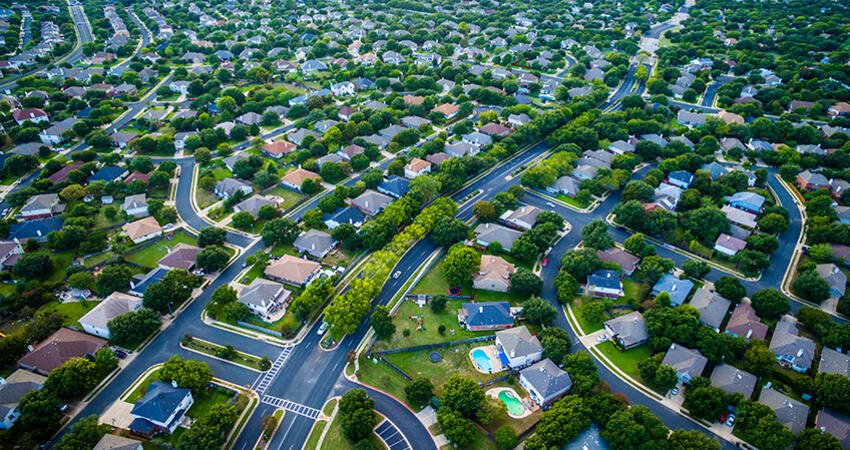
Roschetzky Photography/Shutterstock
State of the Nation’s Housing 2020
- Title:
-
State of the Nation’s Housing 2020
- Author:
-
Joint Center for Housing Studies of Harvard University
- Source:
- Publication Date:
-
2020
The year 2020 has been a tumultuous one, as the nation faces the COVID-19 pandemic and its economic consequences, unrest sparked by long-standing racial injustice, and the devastating effects of climate change. Increases in rents continue to outpace income gains, and millions of households face unaffordable cost burdens according to the latest State of the Nation’s Housing 2020 report by Harvard University’s Joint Center for Housing Studies. The pandemic’s economic effects have amplified this crisis, and households with low incomes were more likely to report a loss of income and were more likely to be severely cost burdened. For aspiring homeowners, a combination of tight housing supply and historically low mortgage rates have increased the price of homes.
The report uses the most recent data from the US Census Bureau, the US Department of Housing and Urban Development, the US Bureau of Economic Analysis, the US Bureau of Labor Statistics, the Federal Reserve, CoreLogic, and the Census Bureau’s Household Pulse Survey for September 2020.
Major findings on the impact of COVID-19:
- COVID-19’s economic impacts have hit renters particularly hard. Forty-nine percent of renters reported income loss between March and September, compared with 36 percent of homeowners.
- Latinx and Black households report income losses, difficulty making rent, and difficulty making mortgage payments at higher rates than white households.
Major findings on housing markets:
- Mortgage rates dropped in 2020 to the lowest rates since 1989 while credit conditions tightened, limiting access to mortgages. This contributed to an increase in monthly median sale price that reached $281,200 in the first half of 2020, a 3.3 percent rise from 2019.
- The rental supply grew by 7.5 million units from 2004 to 2019. Most new units were single-family rentals or in buildings with at least 20 apartments—apartment stock that is typically more expensive than those in smaller multifamily structures.
Major findings on housing demand and household formation:
- Renter households headed by a person of color made up about three-quarters of growth from 2004 to 2019. Growth in homeownership rates among households of color was also high, though disparities in homeownership rates remain.
- In 2019, the homeownership rate for white households was 73.3 percent and 42.8 percent for Black households, the largest gap since 1983.
- The share of adults younger than 35 heading their households increased for the first time in 10 years.
Major findings on housing affordability:
- In 2019, 20.4 million renters were cost burdened, spending more than 30 percent of their incomes on housing. Black, Latinx, and Asian, households experienced cost burden at higher rates than white households.
- Of households earning less than $25,000, 62 percent paid more than half their income on housing.
- In 2019, the number of people experiencing homelessness increased by 15,000, bringing the total to nearly 568,000.
- Black people, Native Americans and Alaskan Natives, and the Latinx population experienced rates of homelessness disproportionately larger than their total population in the United States.
Major findings on race or ethnicity and neighborhoods:
- Two-thirds of households with low incomes headed by people of color live in high-poverty areas, compared with one-third of white people with low incomes.
- Thirty-eight percent of Black people with incomes above the federal poverty level live in high-poverty areas, more than three times the share of white people with the same incomes.


